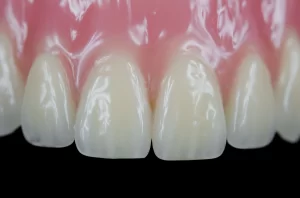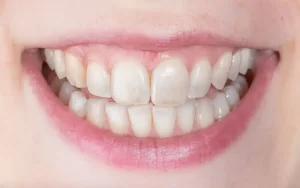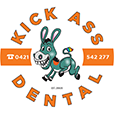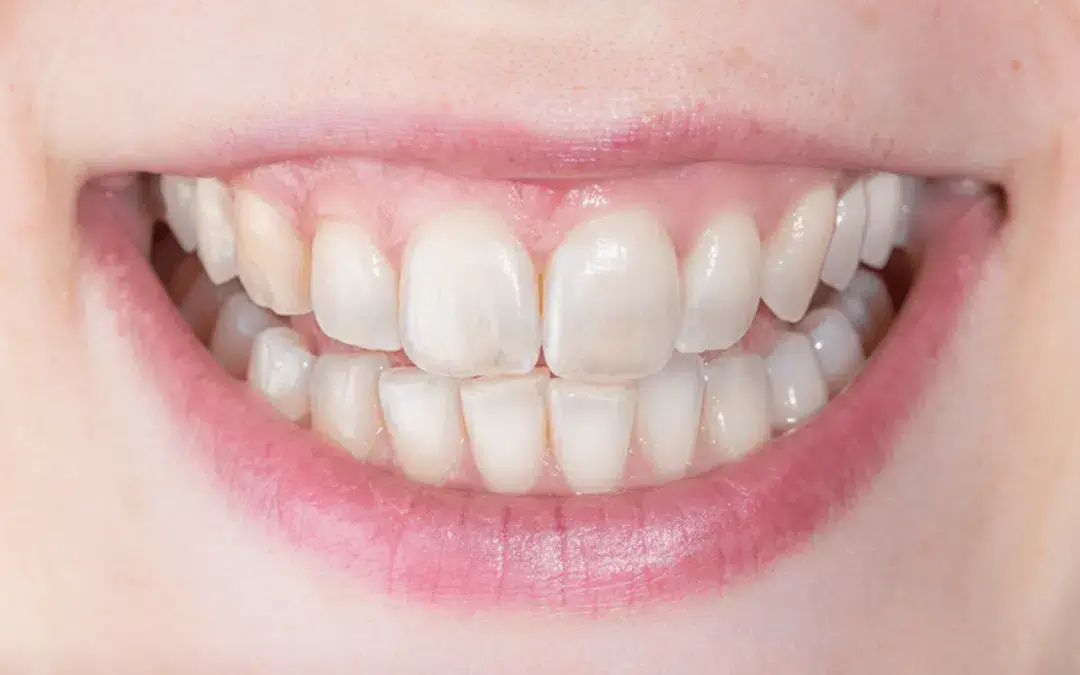How to Determine if Your Enamel is Worn Away: Signs and Symptoms
When it comes to oral health, your tooth enamel plays a crucial role in protecting your teeth from decay and sensitivity. Enamel is the hard outer layer of your teeth that shields the underlying dentin and nerves. However, due to various factors, enamel can gradually erode over time, leading to potential dental problems. In this article, we will explore the signs and symptoms that can indicate if your enamel is worn away.
Understanding Enamel Erosion
Enamel erosion occurs when the protective layer of your teeth starts to wear off, exposing the dentin underneath. This can be caused by several factors, including:
- Acidic Foods and Drinks: Regular consumption of highly acidic foods and beverages, such as citrus fruits, soda, and sports drinks, can contribute to enamel erosion.
- Poor Oral Hygiene: Inadequate brushing and flossing can lead to the buildup of plaque and tartar, which produce acids that gradually wear away the enamel.
- Bruxism: Teeth grinding or clenching puts excessive pressure on the enamel, leading to its gradual erosion.
- Acid Reflux: Frequent acid reflux or gastrointestinal disorders that involve stomach acids coming into contact with the teeth can cause enamel erosion.
- Dry Mouth: Reduced saliva flow can result in a lack of natural protection for the teeth, making them more susceptible to enamel erosion.
Common Signs of Enamel Erosion
Detecting enamel erosion in its early stages is essential for preventing further damage. Look out for the following signs that may indicate your enamel is wearing away:
1. Tooth Sensitivity
If you experience heightened sensitivity to hot, cold, sweet, or acidic foods and beverages, it could be a sign of enamel erosion. When the protective layer diminishes, the underlying dentin becomes exposed, leading to sensitivity and discomfort.

2. Discoloration
Enamel erosion may cause your teeth to appear discolored, yellowish, or dull. As the enamel thins, the natural color of the dentin becomes more visible, resulting in a change in the overall appearance of your teeth.
3. Rounded Teeth Edges
Observe the edges of your teeth. If they appear rounded or irregular, it could be an indication of enamel erosion. The wearing away of enamel can lead to changes in tooth shape and texture.
4. Cracks and Chips
Enamel erosion weakens the structure of your teeth, making them more susceptible to cracks and chips. If you notice frequent fractures or breakages, it’s crucial to get your teeth examined by a dentist.

5. Tooth Cupping
Cupping, also known as dental erosion, refers to the formation of small dents or hollows on the surface of the teeth. These indentations can occur on the biting surfaces and are a clear sign of enamel loss. For tooth enamel information see here.
Seeking Professional Diagnosis and Treatment
If you suspect that your enamel is eroding, it’s important to consult a dentist for a proper diagnosis and appropriate treatment. The dentist will conduct a thorough examination, which may include:
- The dentist will visually inspect your teeth and may use dental instruments to check for signs of enamel erosion, such as rough or thin areas on the tooth surfaces.
- Dental X-Rays: X-rays can help the dentist identify any underlying issues, such as cavities or tooth decay, that may be contributing to enamel erosion.
- Enamel Assessment:
- In some cases, the dentist may use special tools or dyes to assess the extent of enamel loss and determine the best course of treatment.Based on the diagnosis, your dentist may recommend the following treatments:
1. Desensitizing Agents
To alleviate tooth sensitivity caused by enamel erosion, your dentist may prescribe desensitizing toothpaste or recommend the use of fluoride mouthwash or gels. These products can help strengthen the remaining enamel and reduce discomfort.
2. Dental Bonding
If enamel erosion has caused minor cosmetic issues or tooth sensitivity, dental bonding may be a suitable option. The dentist will apply a tooth-colored resin to the affected teeth, restoring their appearance and providing additional protection.
3. Dental Sealants
In some cases, your dentist may suggest applying dental sealants to protect vulnerable areas from further enamel erosion. Sealants are thin, protective coatings that are applied to the chewing surfaces of the teeth, providing an extra barrier against acids and bacteria.
4. Crowns or Veneers
If enamel erosion is severe and has significantly affected the structure and appearance of your teeth, your dentist may recommend dental crowns or veneers. These restorations can cover the damaged teeth, improving their strength, shape, and aesthetics.
5. Lifestyle and Dietary Changes
To prevent further enamel erosion, it’s important to make some lifestyle adjustments. These may include:
- Limiting consumption of acidic foods and drinks
- Using a straw when drinking acidic beverages to minimize contact with teeth
- Practicing good oral hygiene, including regular brushing and flossing
- Avoiding teeth grinding or clenching by using a mouthguard
- Managing acid reflux or gastrointestinal disorders with appropriate medical treatment
- Staying hydrated to maintain a healthy saliva flow
Remember, early detection and prompt treatment are key to preserving your enamel and maintaining good oral health. Regular dental check-ups and professional cleanings are essential for monitoring the condition of your teeth and addressing any concerns promptly.
In conclusion, enamel erosion can have significant implications for your dental health. By understanding the signs and symptoms of enamel wear, you can take proactive steps to protect your teeth and seek appropriate treatment when needed. Consult your dentist for a comprehensive evaluation and personalized advice to safeguard your enamel and maintain a healthy smile.





